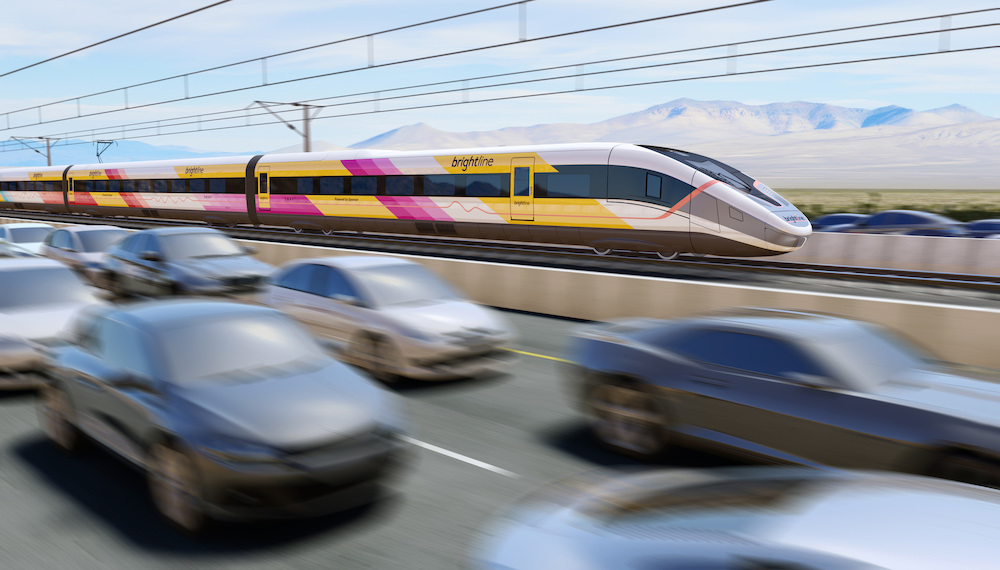
WASHINGTON — The Brightline West high speed rail project will receive a $3 billion federal grant, enabling the line between Las Vegas, Nev., and Southern California to begin construction, according to Nevada’s two U.S. senators.
Sen. Jacky Rosen confirmed the grant today (Tuesday, Dec. 5) in multiple social media posts, including one on X (formerly Twitter), and said in a statement that the project “will be a game changer for Nevada’s tourism economy and transportation. It’ll bring more visitors to the state, reduce traffic on the I-15, create thousands of good paying jobs, and decrease carbon emissions, all while relying on local union labor.”
The Las Vegas Review-Journal reports President Joe Biden is expected to make an official announcement of the grant Friday during a visit to Las Vegas.
“Bringing high-speed rail to Southern Nevada just makes sense, given the tens of millions of visitors we have each year,” U.S. Sen. Catherine Cortez Masto said in a statement.
Rosen, Cortez Masto, and eight members of the House of Representatives — four each from Nevada and California — wrote Transportation Secretary Pete Buttigieg earlier this year to support the application by the Nevada Department of Transportation and Brightline West for up to $3.75 billion in Federal-State Partnership Program funds [see “Nevada, California legislators back federal funding …,” Trains News Wire, April 25, 2023]. Private funding, including private activity bonds, will provide the rest of the money for a project projected to cost up to $12 billion.
Brightline West has begun teasing an upcoming groundbreaking for the project, posting video on social media on Monday of new signage and fencing at the planned site of its Las Vegas station.
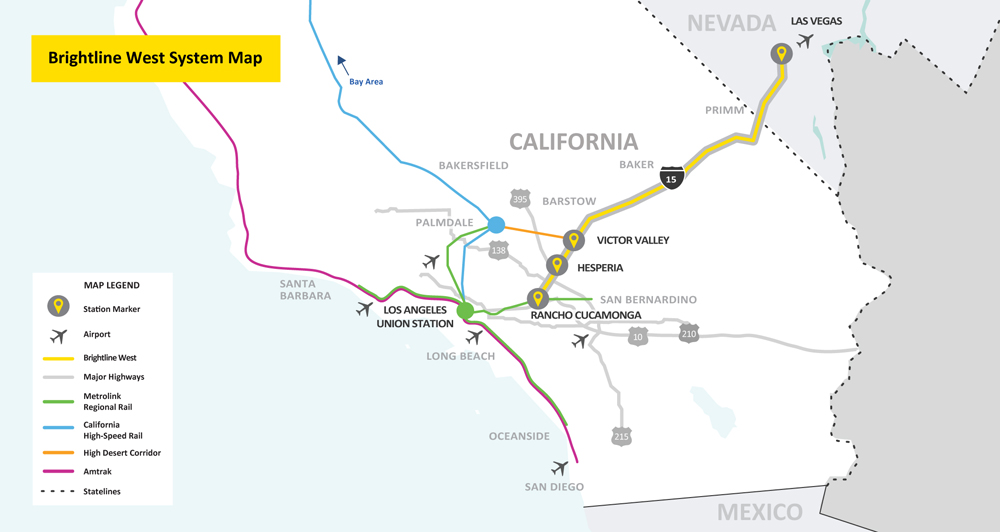






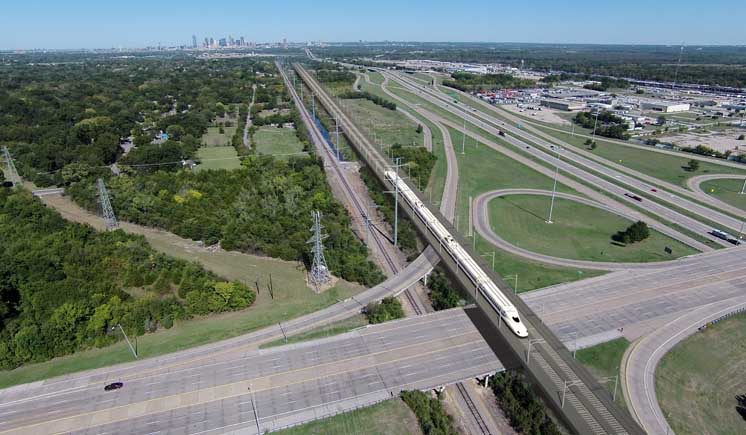
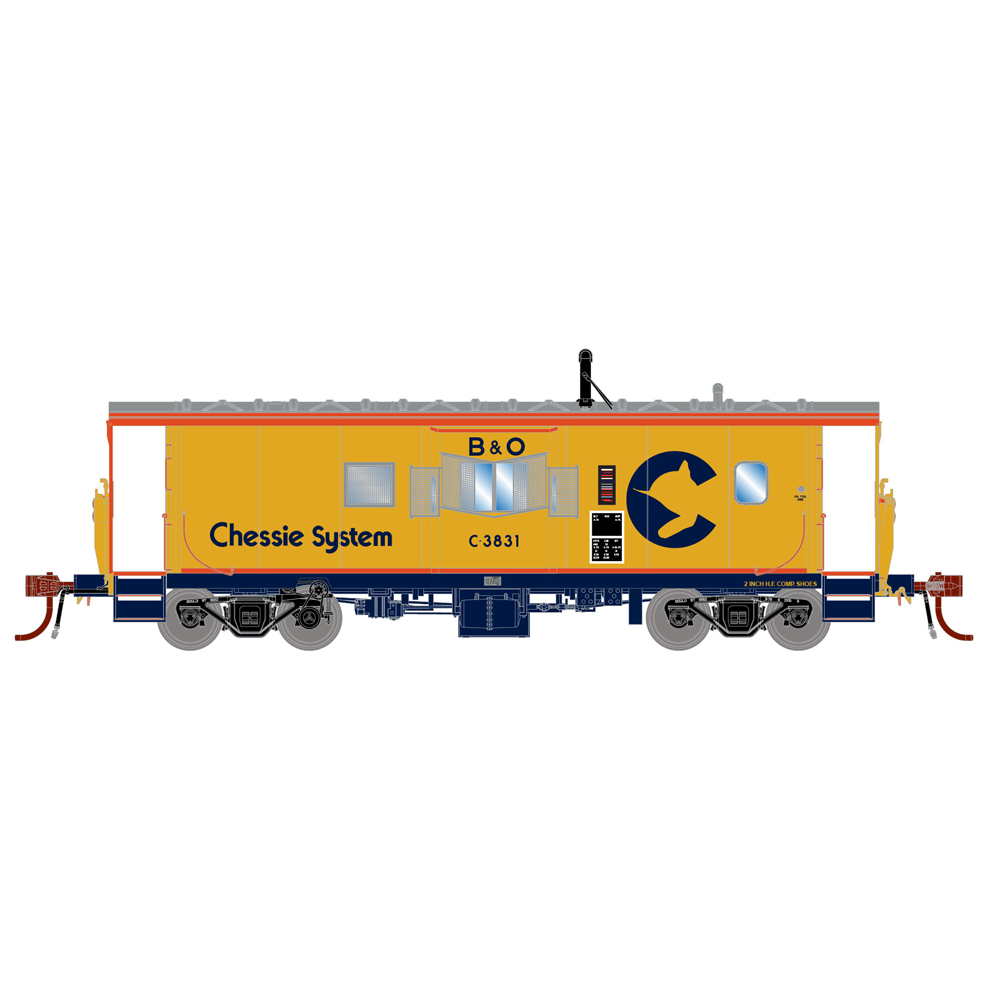
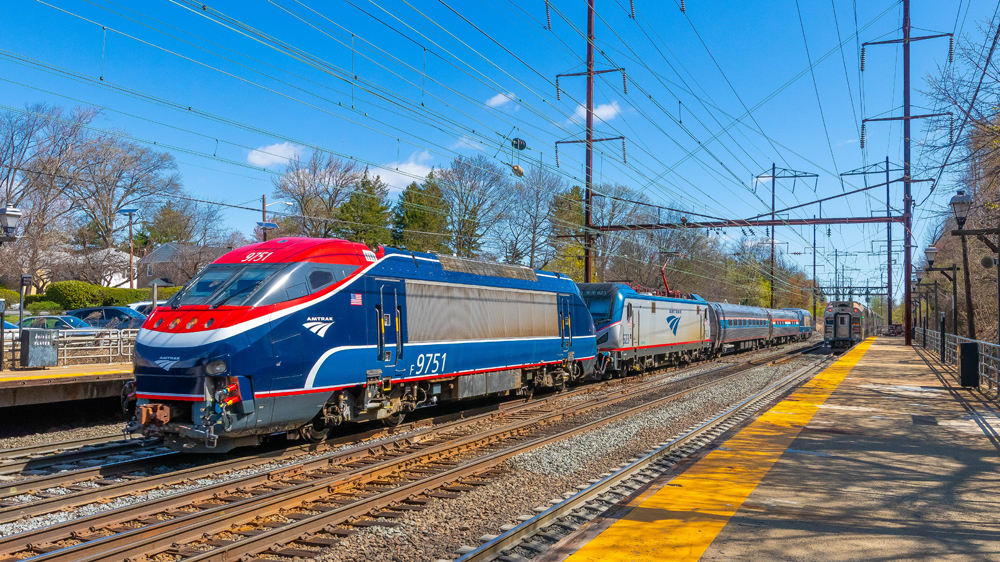
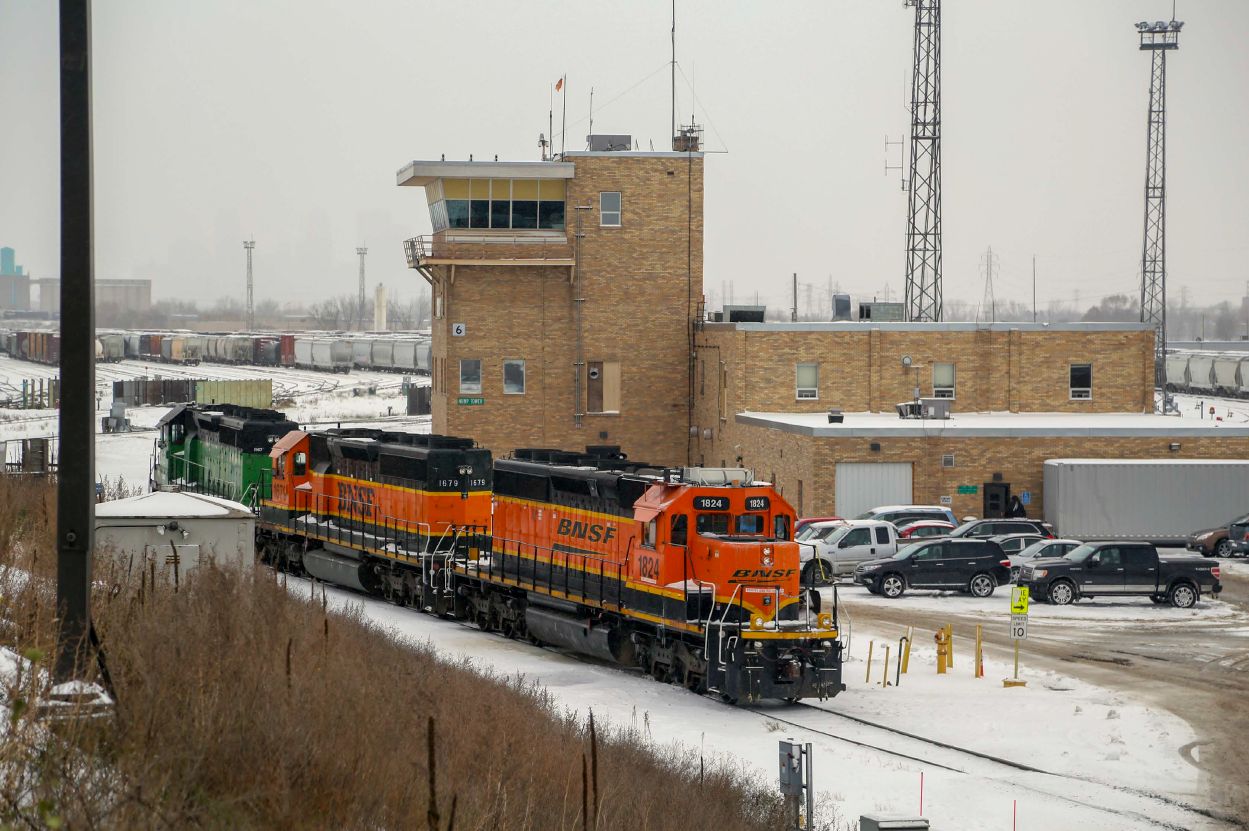




Very exciting news! I can’t wait to ride!
It might be a long wait.
I figured they’d find their way to the taxpayer feeding trough eventually. No passenger transportation mode can survive without direct/indirect taxpayer dollars.
I just have to wonder…given the number of lawsuits filed against the California HSR from L.A. to San Francisco (just about every city on the proposed route has sued to get a station in their city, thus ruining the whole “high speed” aspect), how many cities on THIS route will sue to do the same. I can easily see Barstow, CA, Baker, CA and Primm, NV suing to get a station in their cities.
And as litigious as this state (CA) is, it will take YEARS for the courts to sort that out.
This $3Billion will only be a drop in the bucket by the time all public subsidies to this “private enterprise” project gets built —- and it will never cover more than a fraction of its operating/ maintenenace costs from the farebox. I should expect that people wh read TRAIN MAGAZINE, as I do, would see the absurdity. How can anyone reading this pages fall for this scam?
Then I’d have to ask, what are the supposed ecological benefits of this project when/ if the trains do roll? It will be a park-ride for people driving their private cars from all over SoCal to catch a train for the last lap into Las Vegas.
It’s a pretty fair bet that people boarding HSR trains in London, Amsterdam, Paris, Brussels, and the big cities of China, Japan and Germany never heard of Victorville. Hopefully none of them will read about this project because they already have a low enough opinion of American passenger railroading.
In a hurry to get to Las Vegas? Their are airports closer to your home than Victorville is. LAX, San Diego, Burbank and Ontario.
With Christmas fast approaching, it was inevitable that we have another “Bah, Humbug” post from that top railroad curmudgeon and contrarian, Mr. Landey. Happy Holidays, Charles.
I’m staying home for Christmas. I did have a lovely Thanksgiving in Colorado, thank you George. Compare schedule, frequency and cost (comparing Amtrak sleeper to United Airlines First Class, or Amtrak sleeper to Southwest Business Select) Milwaukee to Denver. I may be a curmudgeon but I’m not stupid.
Read my posts. I support trains that connect population centers at frequencies many times daily. I have ridden them in USA, Canada, and two countries in Europe. Victorville doesn’t count.
You do realize that part of the reason construction was delayed to 2023 was because they’re adding Rancho Cucamonga–about 3 miles from Ontario Airport–to the initial segment? Which also means a Metrolink connection to Los Angeles and San Bernardino, and cuts out the need to drive up Cajon Pass to Victorville. Total time by train LA-LV is estimated as equal or less than driving…on a good day to drive. Sounds a lot more useful than before.
Charles, you mention the use of rail in several countries. You do realize how many Euros, Yen and Yuan the taxpayers of those countries put up to make that experience work…right?
France says they aren’t done and they started in 1981. $100 billion Euros will be spent. You are right, $3B USD is a drop in the bucket.
It’s a safe bet that the public subsidy will not stop here (see: “private activity” bonds) but as someone who has expended rather a lot of his life creeping along on the 15 over the decades, I’m pleased to see this support come through.
Too many IFs. Will not list as I got 403 error on full post.
So, the oft-told thingie that this was a private sector project is exposed as a lie.
My question is, who in their right mind believed that in the first place?
Okay, it’s a private sector project with a public money infusion. Zero percent interest loans have disappeared so where else is the money supposed to come from?
Actually, there is no public money directly involved. What happens, if they are permitted and so classified, is that the interest on the bonds may be tax exempt. Brightline will issue them and be financially responsible for them, although the real risk is on the buyer. I know, because some of the private activity bonds I bought several decades ago became worthless and ceased payment. For details follow the link: https://www.investopedia.com/terms/p/privateactivitybond.asp
Brightline Florida was sold as a private sector project. Brightline West was never sold as a private only gig. They knew from Day 1 they were going to need some level of capital from the 2 states and if it wasn’t enough, the Feds.
One thing the grants do is lower the overall risk and this helps on the PAB rates.